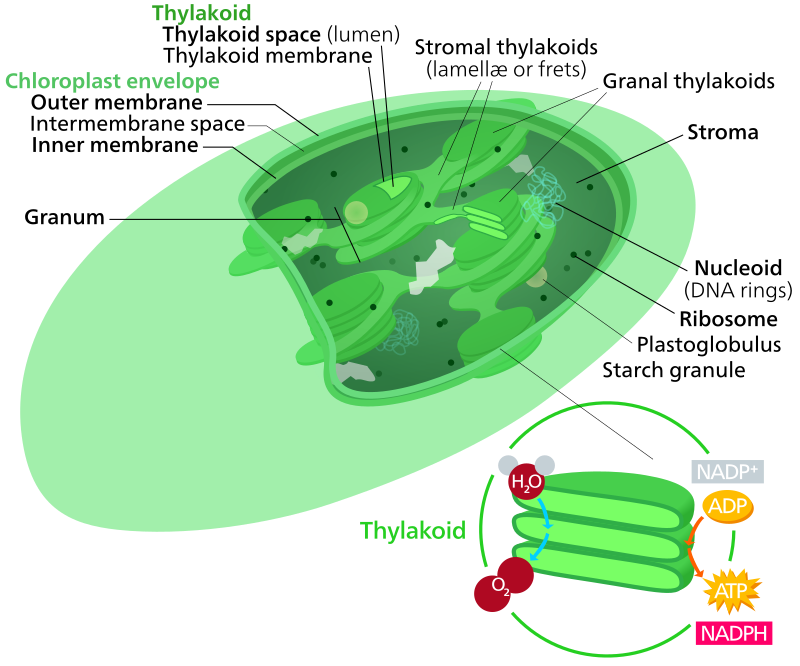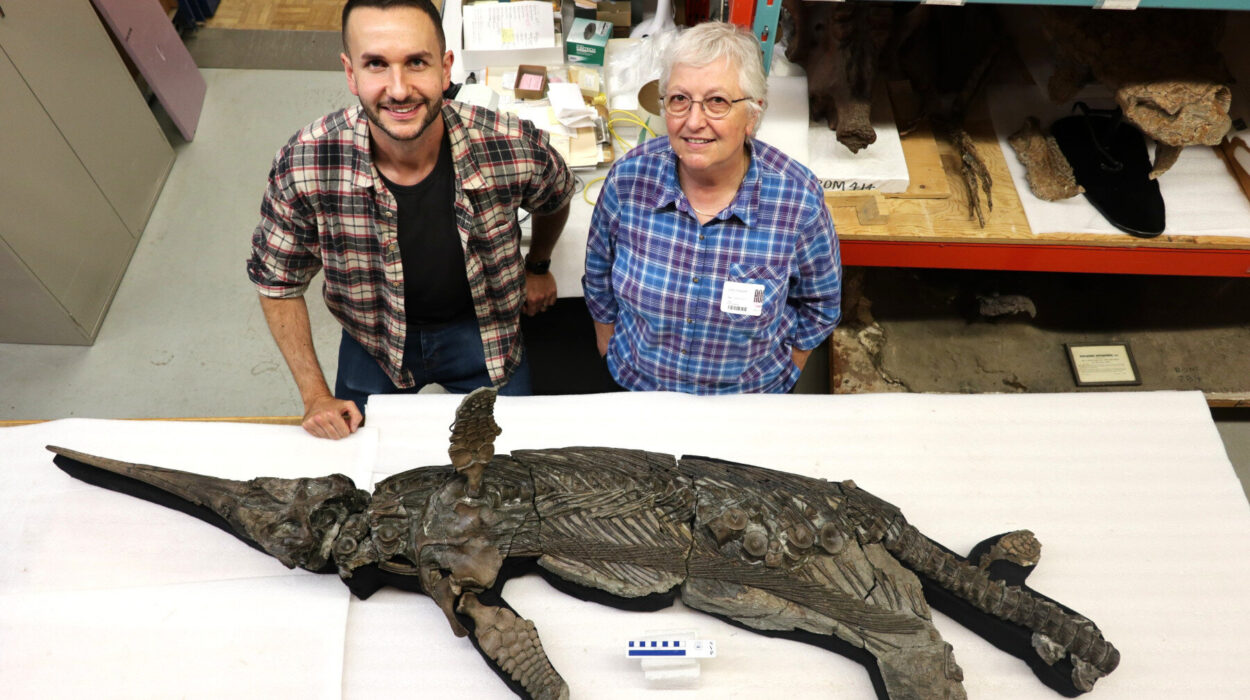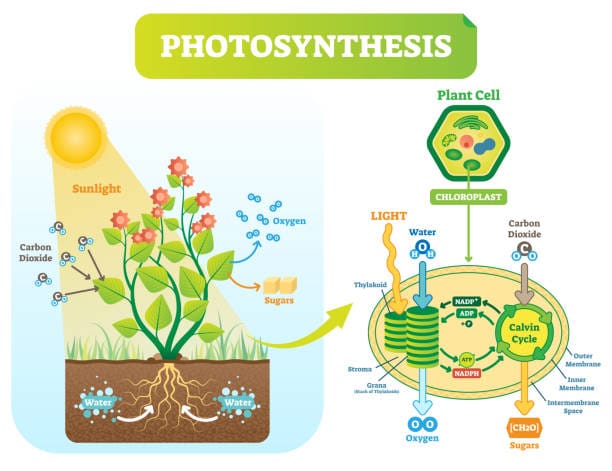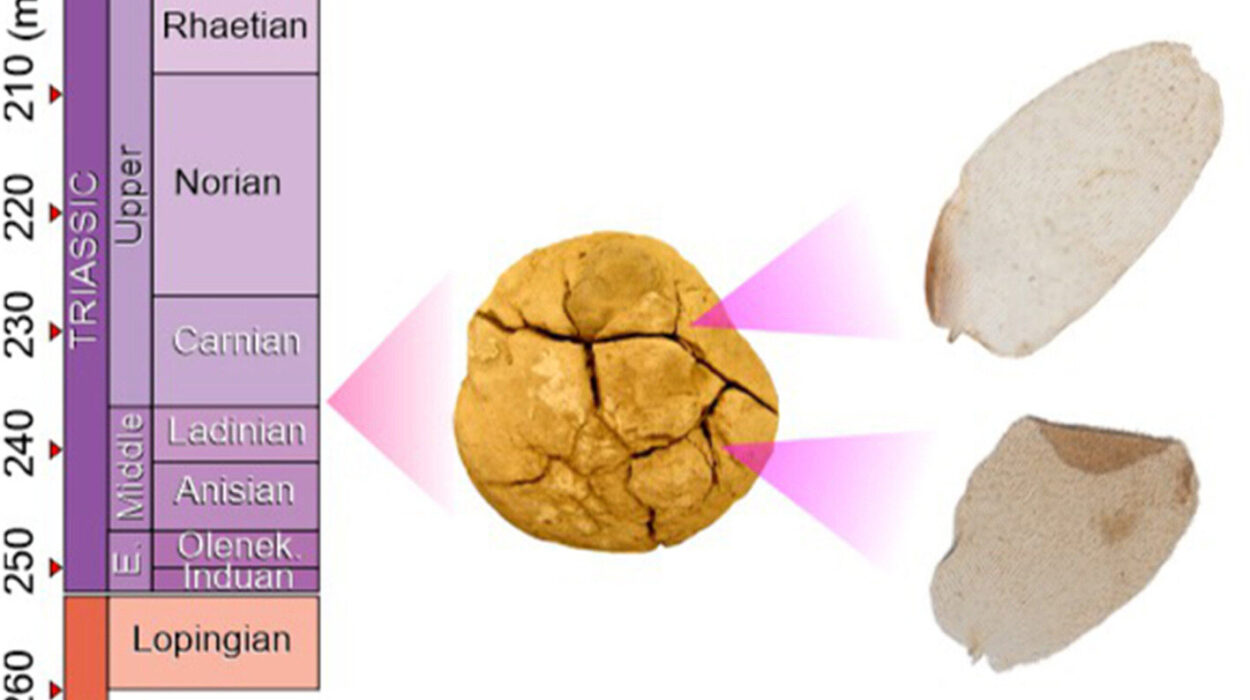In the rustling grasses of meadows, the buzz of bees among blossoms, and the shimmer of dragonflies above ponds, a silent crisis is unfolding—one that threatens the stability of the world’s ecosystems. Insects, those tireless pollinators, decomposers, and food web lynchpins, are vanishing. Not just in obscure rainforests or distant wildernesses, but right outside our windows.
Since the 1970s, research suggests that global insect biomass—the total weight of insect life—has dropped by nearly 50%. This decline is not simply a matter of missing bugs on windshields or fewer bees in our gardens. It is a planetary emergency. Insects are fundamental to the ecological balance that sustains life. They pollinate crops, recycle nutrients, control pests, and feed countless other species. Their disappearance signals trouble not just for ecosystems, but for humanity.
The Known Threats: Habitat Loss and Climate Change
We have long known the culprits behind this decline. Habitat destruction, driven by the spread of agriculture, deforestation, and urbanization, has fragmented or erased the homes of countless species. The manicured monocultures of modern farming, stripped of hedgerows, wildflowers, and tree cover, are ecological deserts for most insects.
Overlaying this destruction is the global rise in temperature. Climate change, once a distant forecast, is now an immediate force reshaping the planet. Heatwaves, shifting seasons, droughts, and unseasonal rains affect the delicate life cycles of insects, from their emergence and reproduction to their foraging and migration behaviors.
But what happens when these two titanic forces—land use change and climate warming—combine? Do their impacts merely add up, or do they amplify each other, creating a threat more severe than previously imagined?
A Crucial Study in the Heart of Europe
To investigate this pressing question, a team of ecologists from Julius-Maximilians-Universität Würzburg (JMU), led by Professor Ingolf Steffan-Dewenter and embedded within the Bavarian Climate Research Network (bayklif), launched an ambitious field study. As part of the LandKlif research cluster, they monitored insect populations at 179 diverse sites across Bavaria, Germany.
This meticulously designed study examined how insect communities, particularly bees and other species from various trophic levels, respond to the dual pressures of land use intensity and temperature changes. Their findings, published in Proceedings of the Royal Society B: Biological Sciences, shed new light on the interactive threats bearing down on insect life—and the ecosystems they uphold.
The Bees’ Distress Signal
Of all the insects studied, bees—our celebrated pollinators—stood out as particularly vulnerable. In forests and natural grasslands, bee populations showed resilience, even modest increases, when exposed to warmer daytime temperatures. These environments, rich in floral diversity and structural complexity, offered some protection.
But in urban areas, where concrete and steel trap heat and green space is scarce, the same rising temperatures devastated bee populations. The study revealed a staggering 65% drop in bee numbers in city environments during heat events. Daytime highs weren’t the only problem—warmer nights also wreaked havoc. This finding is especially alarming, as global warming is causing nighttime temperatures to rise even faster than those during the day.
“The fact that night-time temperatures have such an impact on diurnal insects is significant,” explained Dr. Cristina Ganuza, one of the study’s lead researchers. “It indicates a hidden vulnerability that has been largely overlooked until now.”
Unlike humans who retreat indoors at night, insects rely on nighttime cool-downs for physiological recovery. Warmer nights could disrupt sleep-like states, accelerate metabolic rates, and increase water loss—all detrimental to survival and reproduction. For bees already struggling with scarce food sources and habitat fragmentation, this extra stress may be the tipping point.
A Ripple Effect Across the Food Web
The study did not stop with bees. It extended to insects across the food chain, from herbivores to predators. Here, the results became more complex. Insects higher up in the food web—like predatory beetles or parasitic wasps—were less affected by temperature extremes but suffered in landscapes dominated by agriculture.
Open, intensively used farmland offered few refuge areas, such as hedgerows, fallow land, or wildflower strips. Without diverse microhabitats, even heat-tolerant species became vulnerable. And because these insects play key roles in natural pest control, their decline poses direct threats to agricultural productivity itself.
“Agricultural systems depend on these beneficial insects,” noted Dr. Sarah Redlich, co-author of the study. “If they disappear, farmers may have to rely more heavily on chemical pesticides, which only worsens the cycle of decline.”
Interestingly, where agricultural land was interspersed with patches of natural habitat—woodlands, meadows, wetlands—the insect populations fared better. This finding highlights the potential of landscape heterogeneity as a buffer against climate and land use stress.
Three Critical Insights for a Planet in Peril
From their exhaustive data collection, the researchers distilled three key insights:
First, warmer daytime temperatures can lead to higher bee diversity and abundance—but only in the most natural environments. Forests and species-rich grasslands serve as climate buffers. Their complex canopies and rich vegetation mitigate temperature extremes, providing safe foraging and nesting conditions.
Second, warmer night-time temperatures reduce bee diversity across all habitat types. This discovery is a scientific red flag. Nighttime heat has been a blind spot in ecological studies, and its profound physiological consequences demand urgent investigation. Understanding how nocturnal thermal stress disrupts insect biology could unlock new strategies for conservation.
Third, the interaction between climate change and land use is not uniform. It impacts species differently depending on their ecological role. Pollinators, predators, herbivores—all respond uniquely. This uneven response could unravel the intricate food webs that ecosystems rely on, destabilizing key functions like pollination, nutrient cycling, and pest suppression.
“These differing responses suggest that climate and land use changes are not just reducing species numbers,” said Dr. Ganuza. “They’re also altering the structure of ecological communities in ways we are only beginning to understand.”
Reimagining Landscapes for Insects—and Ourselves
So what can be done? The findings point not just to dangers but also to solutions. The preservation, restoration, and connection of natural habitats—even within agricultural and urban settings—are more crucial than ever. Wildflower strips, hedgerows, green roofs, urban meadows, and tree-lined parks are not mere luxuries; they are lifelines for insect survival.
“Creating a mosaic of habitats can offer refuges for insects to survive both climate extremes and habitat degradation,” explained Steffan-Dewenter. “This doesn’t mean halting development, but integrating biodiversity considerations into how we plan cities and farms.”
Furthermore, the study underscores the importance of night-time cooling in habitat design. Water bodies, vegetated corridors, and shaded zones could help moderate nocturnal temperatures. These strategies not only benefit insects but also enhance urban livability for people, reducing heat stress and improving mental well-being.
A Call to Action
The collapse of insect populations is not an isolated crisis—it is a harbinger. Insects are the invisible threads that stitch together the fabric of life on Earth. Their decline sends shockwaves through ecosystems and economies alike. Without pollinators, crops fail. Without predators, pests multiply. Without decomposers, nutrients stop cycling.
The JMU study in Bavaria is more than an academic exercise—it is a wake-up call. As the twin forces of climate change and land use intensification converge, their compounded effects may prove deadlier than either alone. But it is also a beacon of hope. It shows that with intelligent landscape planning and an urgency rooted in science, we can still act.
We must rethink our relationship with nature—not as separate observers, but as part of a shared system. Every tree planted, every meadow restored, every policy crafted with biodiversity in mind is a step toward survival—not just for insects, but for us all.
In the hum of bees, the flicker of moths, and the glint of beetles, the future still buzzes—fragile, beautiful, and worth fighting for.
Reference: Cristina Ganuza et al, Warmer temperatures reinforce negative land-use impacts on bees, but not on higher insect trophic levels, Proceedings of the Royal Society B: Biological Sciences (2025). DOI: 10.1098/rspb.2024.3053






